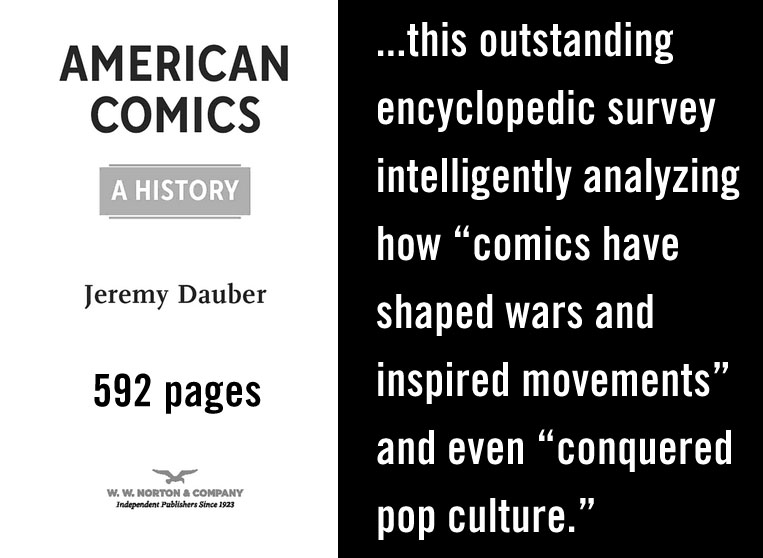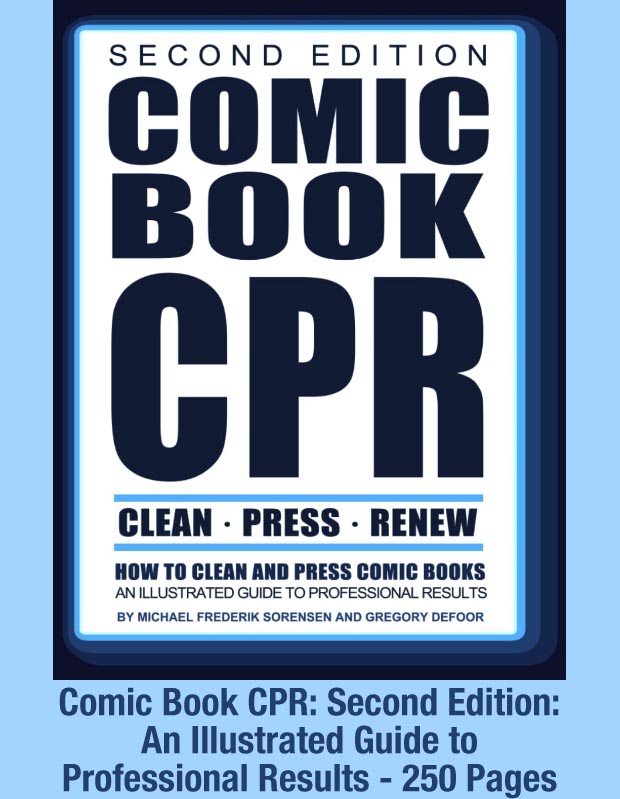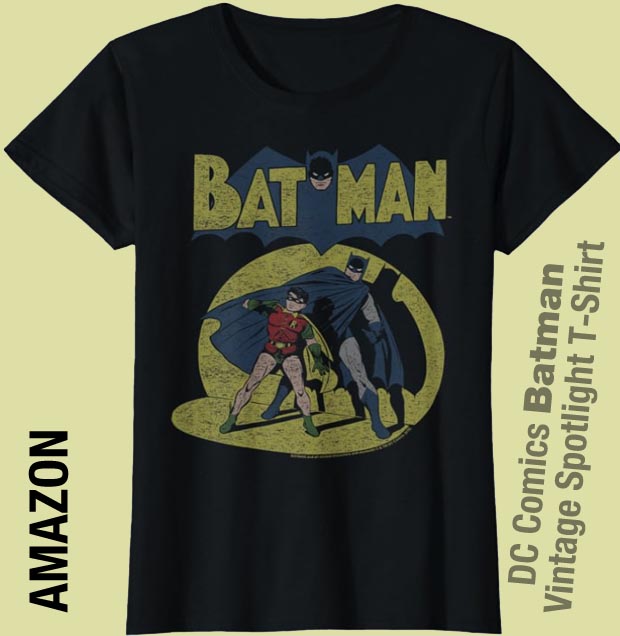The classic three-act story structure
Described simply as the "arc" of the plot
The classic three-act structure is a storytelling framework that has been used for centuries in literature, theater, film and comic books. The structure is based on the idea that a story should be divided into three distinct parts, each with its own purpose and focus.
Act 1: The Setup
The first act of a story sets up the characters, the world they inhabit, and the conflict or problem that they will face. This is where the audience is introduced to the main characters, their goals and motivations, and the challenges they will need to overcome. The first act typically ends with a turning point or inciting incident that propels the story forward and sets the stage for the next act.
Act 2: The Confrontation
The second act is where the main conflict or problem of the story is developed and explored. This is where the characters face obstacles and challenges, and where the stakes of the story are raised. The second act typically ends with a major setback or crisis that leaves the characters in a difficult or uncertain position.
Act 3: The Resolution
The third and final act of the story is where the conflict is resolved and the characters reach their goals or face the consequences of their actions. This is where the loose ends of the story are tied up and the audience is given a sense of closure. The third act typically ends with a climax or resolution that brings the story to a satisfying conclusion.

Why is this such a popular framework for telling a story? Because it provides a clear and effective way to organize a narrative, build tension and suspense, and engage the audience. There are other story structures, of course, and some popular works have deviated a great deal from this "formula," for example "One Hundred Years of Solitude" by Gabriel Garcia Marquez. This novel is structured in a nonlinear manner, with multiple storylines that intersect and overlap throughout the book.
Another example of getting away from a simple three-act structure is Watchmen by Alan Moore and Dave Gibbons. This graphic novel is structured in a non-linear manner, with multiple storylines intersecting and overlapping. Instead of a traditional hero's journey or superhero origin story, Watchmen explores complex themes and ideas related to power, morality, and human experience.

For example, Watchmen utilizes a series of flashbacks, character portraits, and other non-linear narrative devices that drive the plot which is a mystery story involving the murder of a former superhero. A group of retired heroes come together to investigate the crime.

Original page March 4, 2023

